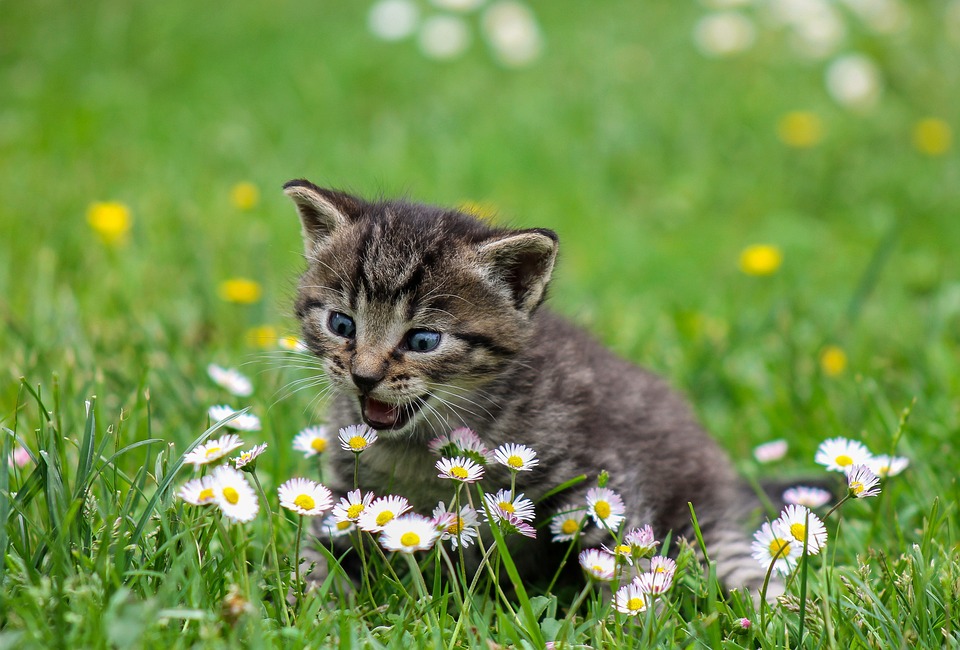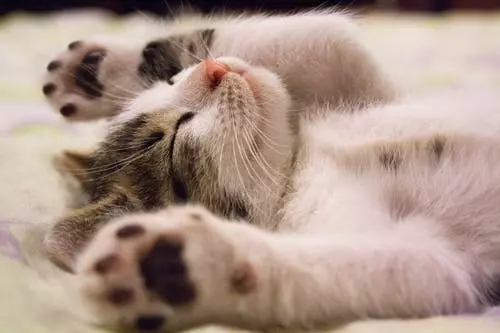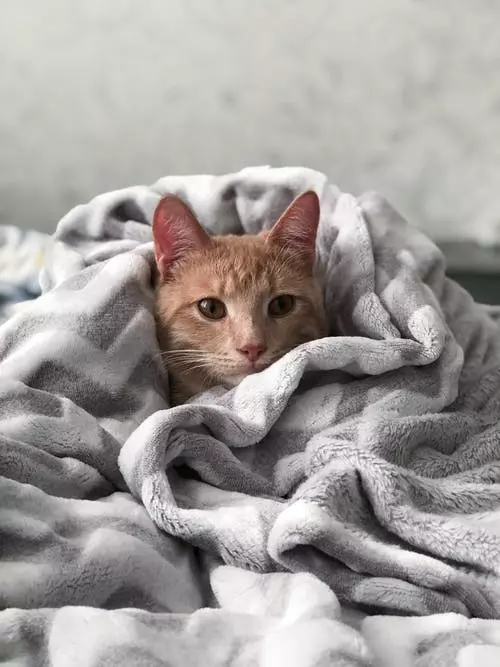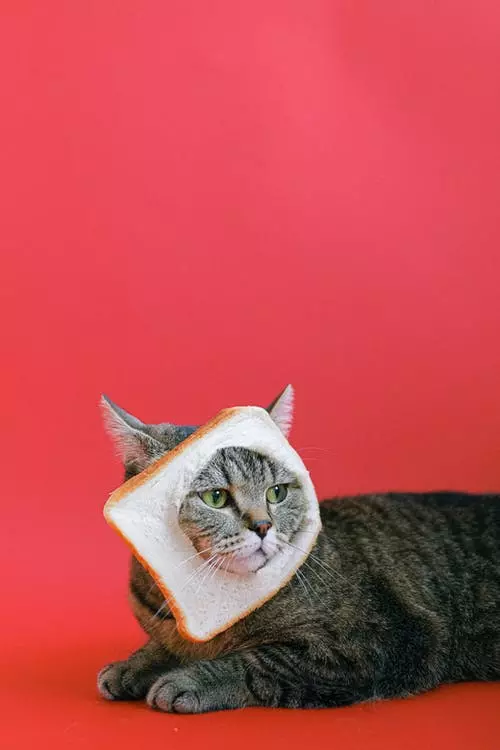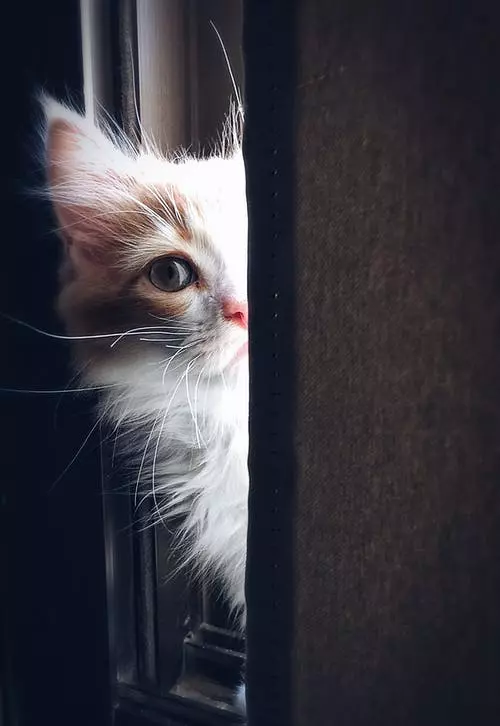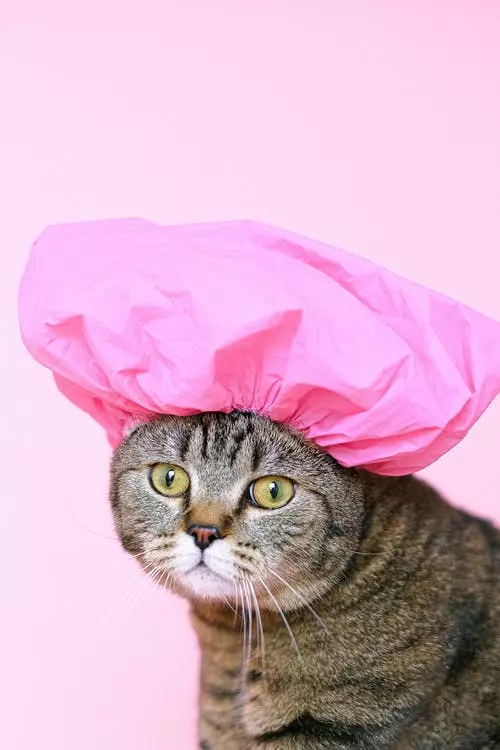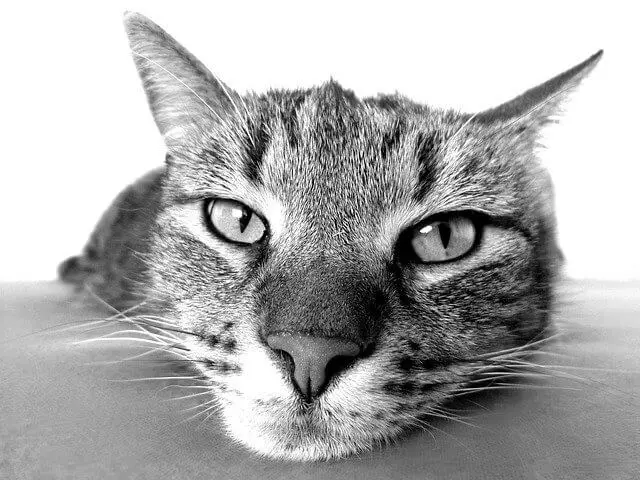Welcoming a new kitten into your home is an exciting and joyous experience. As a responsible pet owner, it is essential to provide your furry friend with a safe and stimulating play environment. This article will guide you through creating the perfect play area for your kitten, ensuring their safety and promoting their physical and mental well-being.
Toys play a vital role in keeping kittens engaged and entertained. When selecting toys for your kitten, safety should always be your top priority. Opt for toys that are specifically designed for kittens and avoid those with small parts that could be easily swallowed or pose a choking hazard. Additionally, provide a variety of toys to keep your kitten interested. Interactive toys, such as puzzle toys and treat-dispensing toys, can stimulate their mental abilities, while toys that encourage physical activity, such as feather wands or small balls, are great for exercise.
Keep your kitten’s interest piqued by rotating their toys every few days. This helps prevent boredom and ensures they remain engaged in playtime. By introducing new toys and removing familiar ones temporarily, you can provide a fresh and stimulating experience for your kitten.
Designating a specific area as a play zone for your kitten will help them associate that space with play and fun. However, it is important to ensure the play area is safe. Remove potential hazards such as dangling cords, toxic plants, or small objects that could be swallowed. Keep electrical outlets covered and secure any loose wires. Providing climbing opportunities, such as a cat tree or sturdy shelves, allows your kitten to exercise their natural instincts and explore their surroundings. Additionally, including hiding spots using blankets or cardboard boxes gives your kitten a sense of security and allows them to observe their surroundings without feeling threatened.
Engaging in interactive playtime with your kitten is crucial for their socialization and overall development. Wand toys with feathers or strings attached are excellent for interactive play. Move the toy in a way that mimics the movements of prey to stimulate your kitten’s hunting instincts. Encourage exercise by tossing small balls or allowing them to chase a laser pointer. These activities not only provide physical exercise but also mental stimulation. However, keep in mind that kittens have short attention spans, so keep play sessions short and frequent to avoid overwhelming them.
Now, let’s address some frequently asked questions:
Q1. My kitten seems more interested in playing with household items than their toys. What should I do?
A1. Kittens are naturally curious and often find household items intriguing. However, it’s essential to redirect their attention to appropriate toys. Try enticing them with interactive toys that offer different textures or sounds, or engage in playtime with them using their toys to encourage their interest.
Q2. Is it necessary to supervise my kitten during playtime?
A2. Yes, it is crucial to supervise your kitten during playtime, especially when they are young. This allows you to ensure their safety, prevent any potential accidents, and redirect their focus if they exhibit inappropriate behavior.
Q3. How often should I change my kitten’s toys?
A3. To keep your kitten interested and engaged, it is recommended to rotate their toys every few days. This helps prevent boredom and keeps their playtime exciting and stimulating.
In conclusion, creating a safe and stimulating play environment for your kitten is a key aspect of their overall well-being. By providing appropriate toys, setting up a designated play zone, and engaging in interactive playtime, you can ensure your kitten stays mentally and physically stimulated while having a blast. Remember to always prioritize your kitten’s safety and monitor their playtime activities closely.

